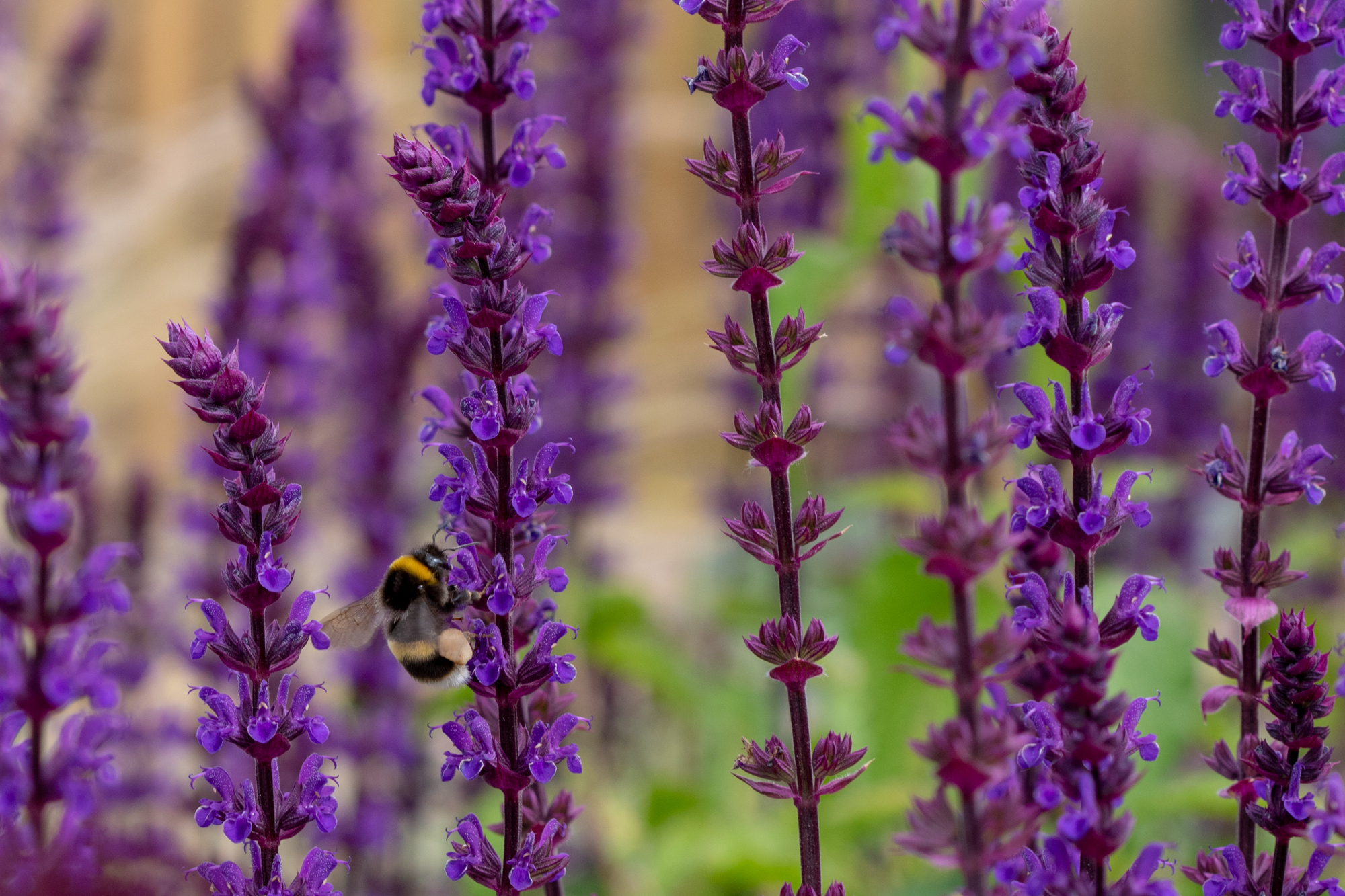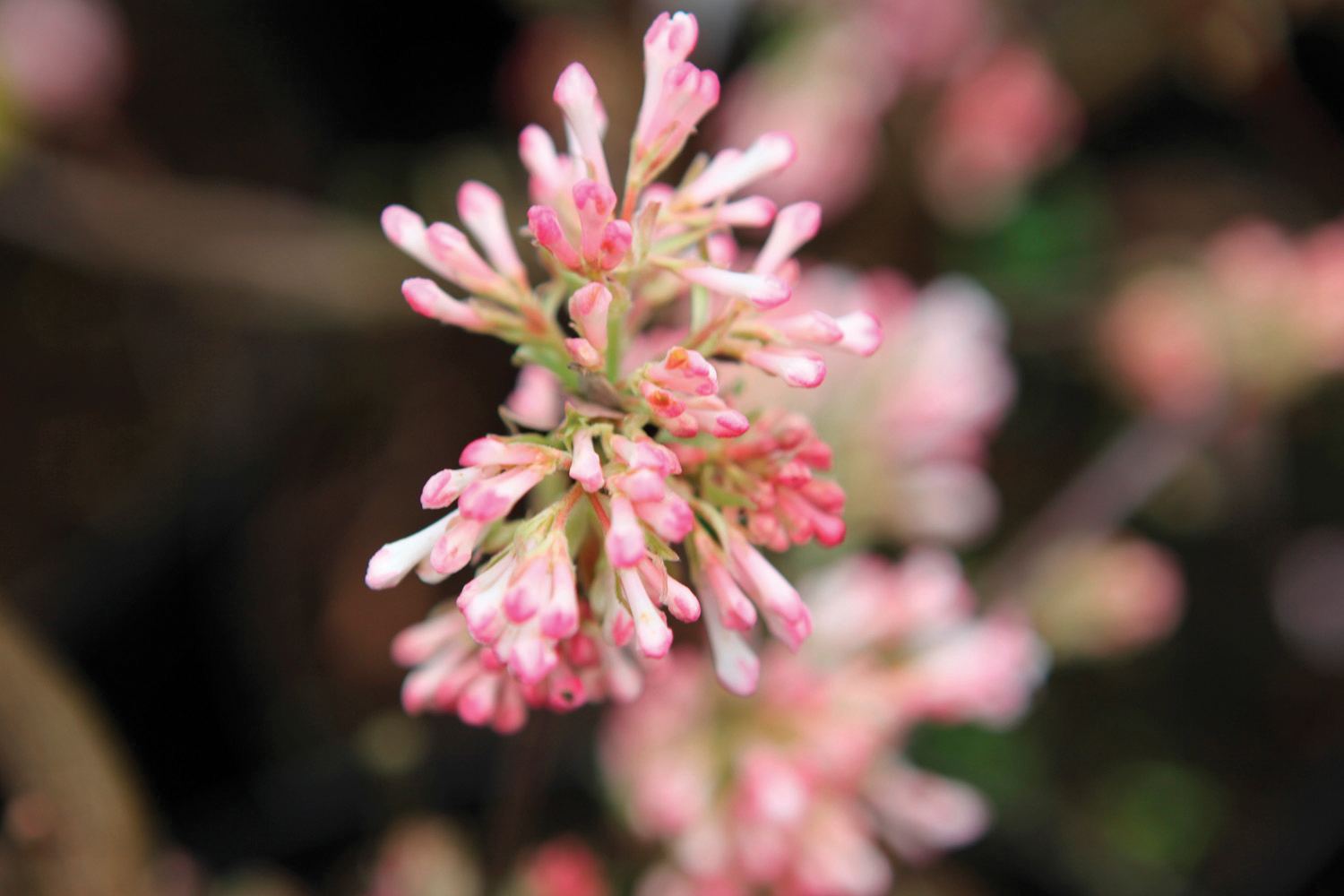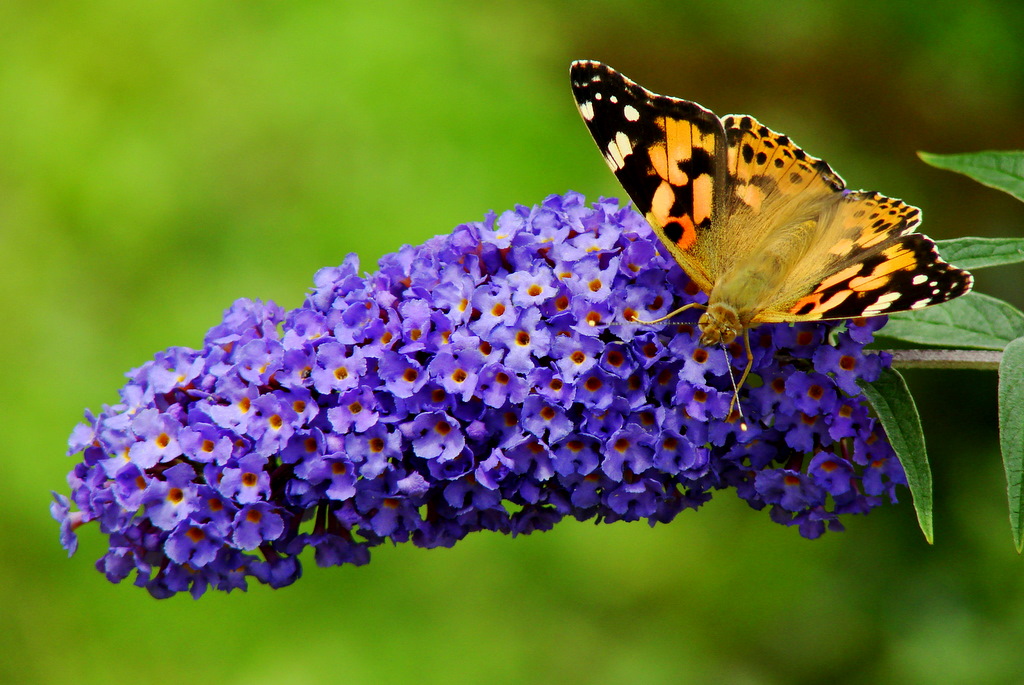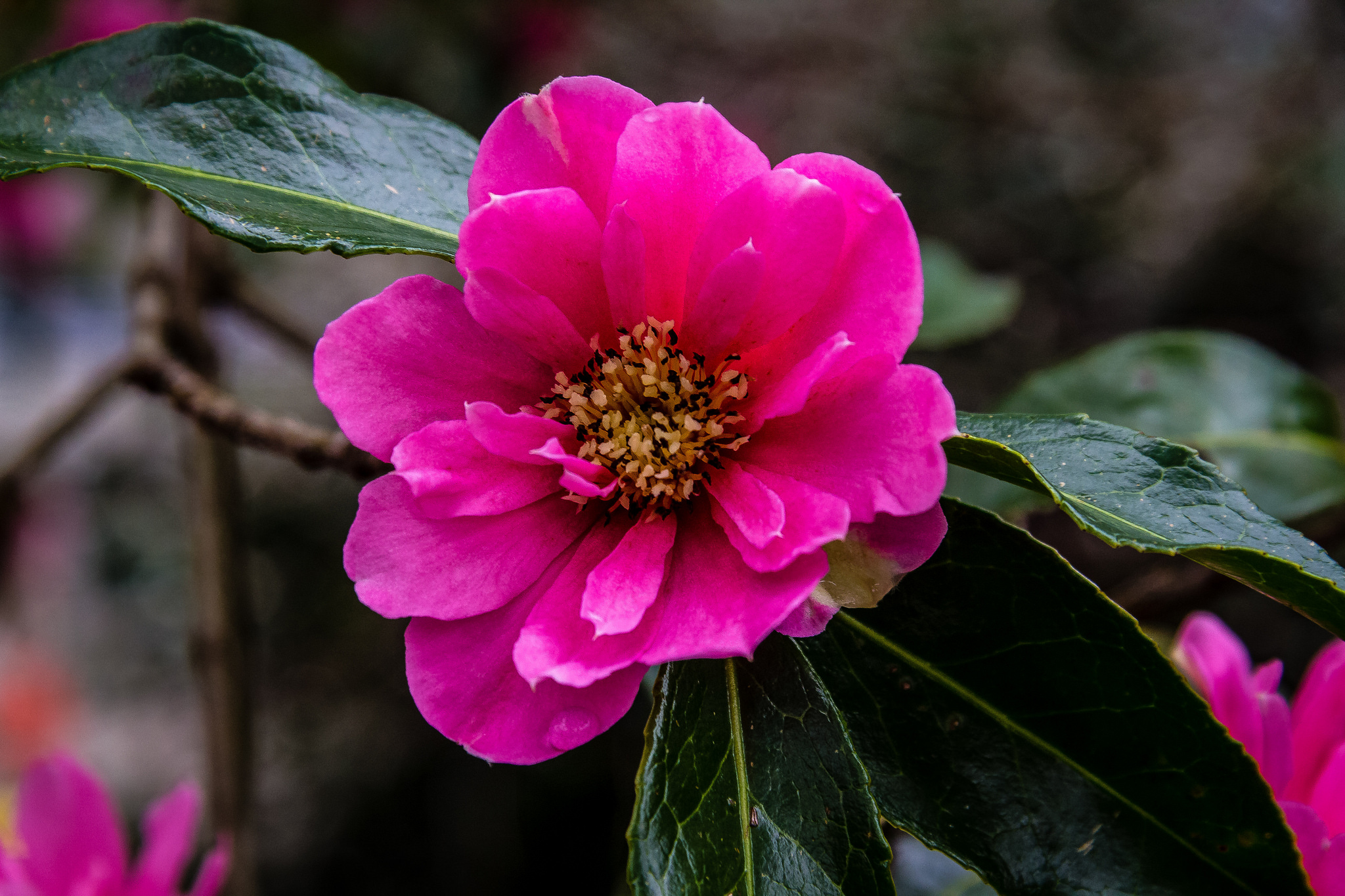9 best pollution-tolerant plants for an urban garden
These pollution-tolerant plants act as a buffer against the environment and are the perfect picks for an outdoor city space


Gardening in the city poses its particular challenges, the most significant of them urban pollution. We asked the experts at Wyevale Garden Centre for their advice on how to protect your flowers from the fumes – and to pick the best pollution-tolerant plants. You can find more advice about choosing plants in our dedicated guide.
Find more garden ideas at our dedicated page.
How to help plants cope with pollution
'Plants do have a hard time with pollution,' says David Mitchell, buying manager for horticulture. 'Since the leaves need to "breathe", anything that limits that exchange, such as airborne gasses or dust and grime, will limit their potential. Fruit trees in particular can struggle and yields can be as low as half of what they would be in cleaner air.
'Never water the leaves, as if they are coated in grime, salts or pollutants it will get right into them, so always water from the base. Every so often, take time to wipe the leaves down and clean them to get the grime or dirt off. A good time to do it is when it’s raining heavily. You might not clean every leaf at every level but it will make a difference.'
1. Chaenomeles
For bright and delicate flowers, look no further than the chaenomeles, which is at its best in spring. In the autumn, it produces edible fruits that are perfect for jelly-making. It's also a great plant to attract bees, thanks to the early nectar it provides.
To keep it at its best, make sure your chaenomeles is planted in well-drained, fertile soil in sun or light shade – such as under a window or on a low wall.

2. Viburnum
There are lots of different varieties of viburnum, but you want to look for the viburnum x bodnantense 'Charles Lamont'. With bright pink and sweetly-scented flowers, this shrub is hardy enough to withstand pollution without losing its delicate charm.
Get small space home decor ideas, celeb inspiration, DIY tips and more, straight to your inbox!

3. Buddleia
Commonly known as the butterfly bush, the buddleia plant's purple flowers are popular amongst the fluttering creatures. As well as being incredibly pretty, it's a fast-growing shrub that thrives in any well-drained soil.

The buddleia is known as the 'butterfly bush' thanks to the nectar in its flowers. Photo by Mathias Liebing/CC BY-NC-ND
4. Callery pear tree
The Callery pear tree, or Pyrus calleryana 'Chanticleer', is an ornamental pear that's perfect for small urban gardens thanks to its upright, narrow shape. You can enjoy flurries of white blossom in early spring, and the leaves turn a vibrant red and purple later in the near.
Callery pear trees #flowers #callerypeartrees #callerypearflowers #callerypear #nature Angelina Ho
A photo posted by @aeonat007 on Mar 14, 2016 at 2:07pm PDT
5. Camellia
Most people are familiar with camellias, but did you know they're one of the hardiest plants out there? While the ruffled colourful petals look delicate, the camellia plant has glossy evergreen leaves that makes it extra tolerant to pollution. Place in light shade in a sheltered area to help it grow.

The camellia shows that even the most beautiful plants can withstand pollution. Photo by Graeme Scott
6. Topiary bushes
The good old buxus sempervirens, the evergreen used for hedging and topiary all over the UK, is a classic choice for an urban garden – after all, it's heavily used in parks and lining streets all over cities. Plant around the edge of your garden and trim regularly to keep it happy.

7. Ginkgo biloba
You'll probably recognise this tree more for the supplement tablets sold by health stores over the country. Otherwise known as the maidenhair tree, it's best known for its ability to boost energy, mood and memory, but did you know it's a city-friendly garden choice, too? Because it's a large tree, it's best suited to bigger urban gardens with plenty of space.

The ginkgo biloba's beautiful leaves turn bright yellow in the autumn. Photo by Megan Wong/CC BY-NC-ND
8. Escallonia hedges
Like the evergreen buxus, escallonia – particularly escallonia 'Iveyi' – are perfect for framing an urban garden. The hardy evergreen shrub has the added bonus of sporting beautiful white flowers that smell beautiful. It also thrives in cold areas, so it's perfect for unpredictable and often chilly weather.
My escallonias loving life 🙌🏼 #garden #flowering #escallonia Naomi 34
A photo posted by @nay_omi on Dec 19, 2018 at 2:36am PST
9. Barberry
Keeping with the theme of evergreen shrubs, the barberry plant (otherwise known as berberis) boasts soft yellow or orange flowers in the spring and deep blue berries in the autumn. As well as being seasonally interesting, they're also super easy to grow and thrive in most conditions.

More on urban gardens:
- Like a period-look? Choose plants for a traditional garden
- Container gardening for small spaces – put it all in pots

Formerly deputy editor of Real Homes magazine, Ellen has been lucky enough to spend most of her working life speaking to real people and writing about real homes, from extended Victorian terraces to modest apartments. She's recently bought her own home and has a special interest in sustainable living and clever storage.